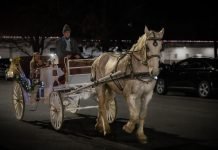It can be difficult to know what to say when your child is looking to you for guidance on a sensitive topic. The moment feels weighty and the impact of your words magnified, as you imagine the lifelong implications of whatever you choose to reveal. The right books can help start a conversation with your child, give you the right words to soothe your child’s fears, and respond to their questions.
Books About Sex
First, sex. Teaching your child about bodies and sex doesn’t have to be horrible. On the contrary, I firmly believe in being open and honest with your children about sexuality from a young age. Normalizing this topic breaks down barriers and positions you as a lasting resource for guidance surrounding this issue. In other words, if you start talking to them about sex before it gets weird and embarrassing for them, maybe they’ll keep talking to you!
Books on sex should be scientifically accurate and affirm sexuality as a normal, healthy part of life. They should be age-appropriate and address children’s most pressing questions (“How did that baby get in your tummy?”) in an engaging, accessible way. My favorites:
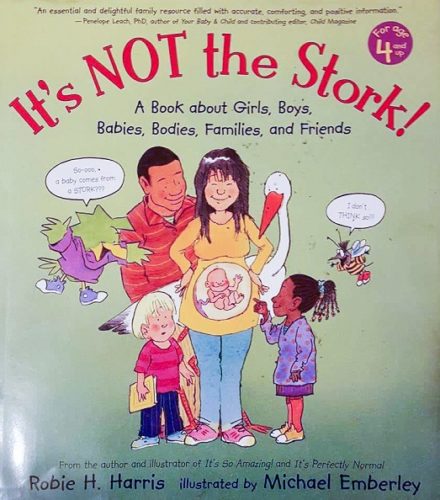
It’s Not the Stork! by Robie H. Harris (ages 4+).
This book capably covers the male and female reproductive system, the mechanics of reproduction, and fetal development, while also delving a bit into different family structures, consent, sexual abuse, and gender expectations. It’s a bit much to read all at once, but can be shared over multiple readings with your child. Clear, candid, and direct, this book will answer many childhood questions and can be used as a reference for years.
(Harris has two more books about sex: It’s So Amazing! for readers 7 and up, and It’s Perfectly Normal! for 10 and up.)
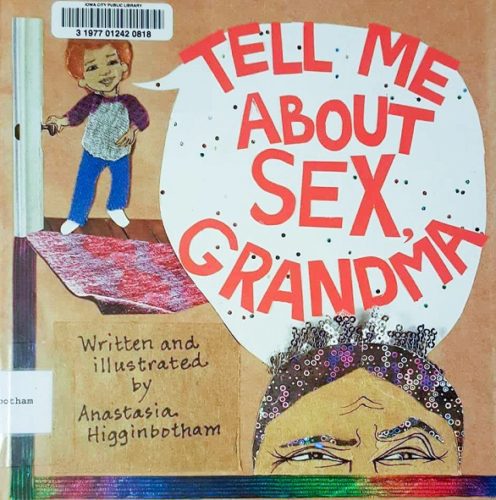
Tell Me About Sex, Grandma by Anastasia Higginbotham (ages 5+)
In this book, illustrated in an unusual collage style, the story is told through a relaxed conversation between a grandmother and a young, curious child. This book, too, focuses on the interpersonal dynamics of sex, stressing consent and the right to be curious about your own body. The tone is calm and reassuring, with love radiating between the grandma and child.
For children who already know the mechanics, this book takes the sex talk to the next level. It was a relief to be able to read this to my children, as this book puts into simple, straightforward language exactly the information I wanted them to have. (See also Higginbotham’s Death is Stupid and Divorce is the Worst.)
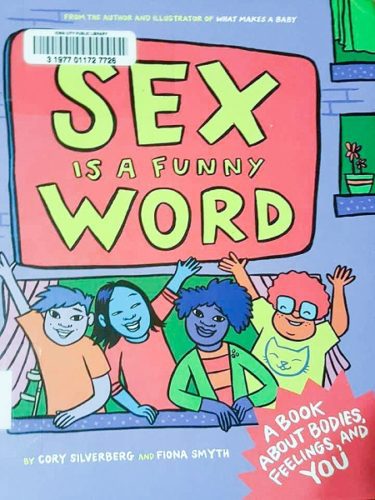
Sex is a Funny Word: A Book About Bodies, Feelings, and You by Cory Silverberg and Fiona Smyth (ages 7+)
This book bills itself as a resource for parents who want to “talk with kids about sex and sexuality in a positive, loving, inclusive, and joyful way.” This colorful, comic-book-style tome does not spend much time on the mechanics of anatomy and reproduction, but focuses instead on the more thorny topics of personal sexual feelings, gender identity, self-respect, and more. I felt it explained some really complex issues in an accessible manner. (See also Silverberg and Smyth’s LGBTQ-inclusive What Makes a Baby for younger readers.)
Books About Death
Death can be an incredibly difficult concept to fathom, even for adults; when a child has fears or questions about death, parents can grasp for the language necessary to describe it. Explaining the death of a close family member adds another layer of complexity. I struggled with how to explain suicide to my four-year-old after my father took his own life. Books (both fiction and nonfiction) can help grieving parents and children connect and allay common childhood fears. For example:

The Tenth Good Thing About Barney by Judith Viorst
I dare you not to let a tear fall by the last page of this sweet story about a child dealing with the death of his cat. Through spare prose and simple, black and white illustration, the family has a funeral in the backyard, debates where Barney might be now, and discusses favorite memories of him–all good responses to death, whether animal or human.
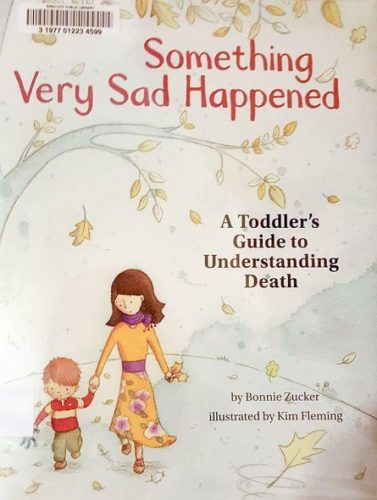
Something Very Sad Happened: A Toddler’s Guide to Understanding Death by Bonnie Zucker
For the very young, this nonfiction book can help your child process a death through short, straightforward sentences, covering the emotions they might feel themselves or see from others, as well as providing reassurance and hope for the future at the conclusion of the book.
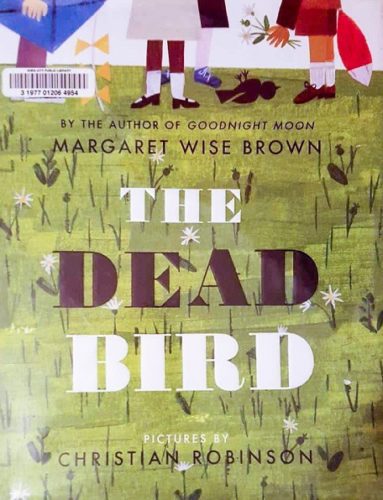
The Dead Bird by Margaret Wise Brown
This is an odd, somewhat startling book, but one I find refreshing, honest, and beautiful as well. Originally published in 1995, the 2016 edition features new illustrations by award-winning illustrator Christian Robinson and tells the story of a group of children who find a freshly-dead bird while playing.
The story describes the emotions the children feel at the loss of life, and how they memorialize the bird through familiar ritual (burial, song, the gathering of flowers) and, ultimately, how their lives go on: “And every day, until they forgot, they went and sang to their little dead bird and put fresh flowers on his grave.” Like the other books featured here, the strength of the story lies in its simple, direct, straightforward style, making it accessible to young children.
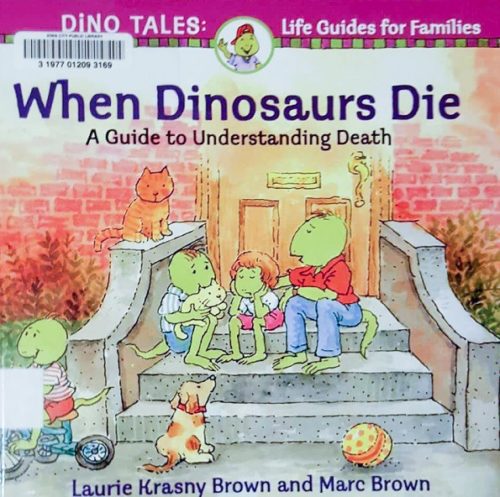
When Dinosaurs Die: A Guide to Understanding Death by Laurie Krasny Brown and Marc Brown
This is a comprehensive, informative, clear-eyed nonfiction book (albeit one that features dinosaurs) that addresses many common childhood questions about death, from possible reasons for death to the rituals observed in various cultures and more.
The Association of Library Service to Children (ALSC) has created a booklist, “Comforting Reads for Difficult Times,” that offers children’s titles for a number of issues, from adoption to divorce and more. If you’re looking for more book suggestions about sex, check out this article on having “the talk” with young kids.
Good luck, mamas.
SaveSave





